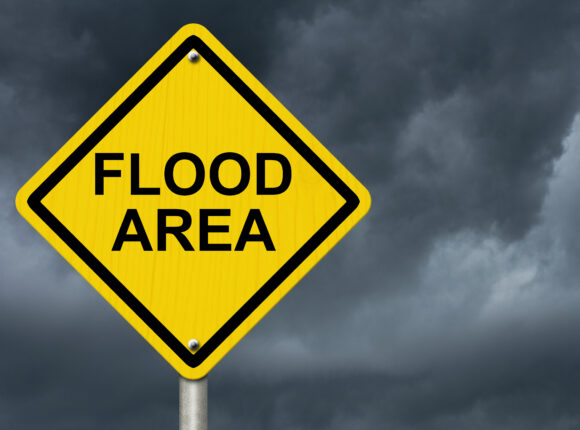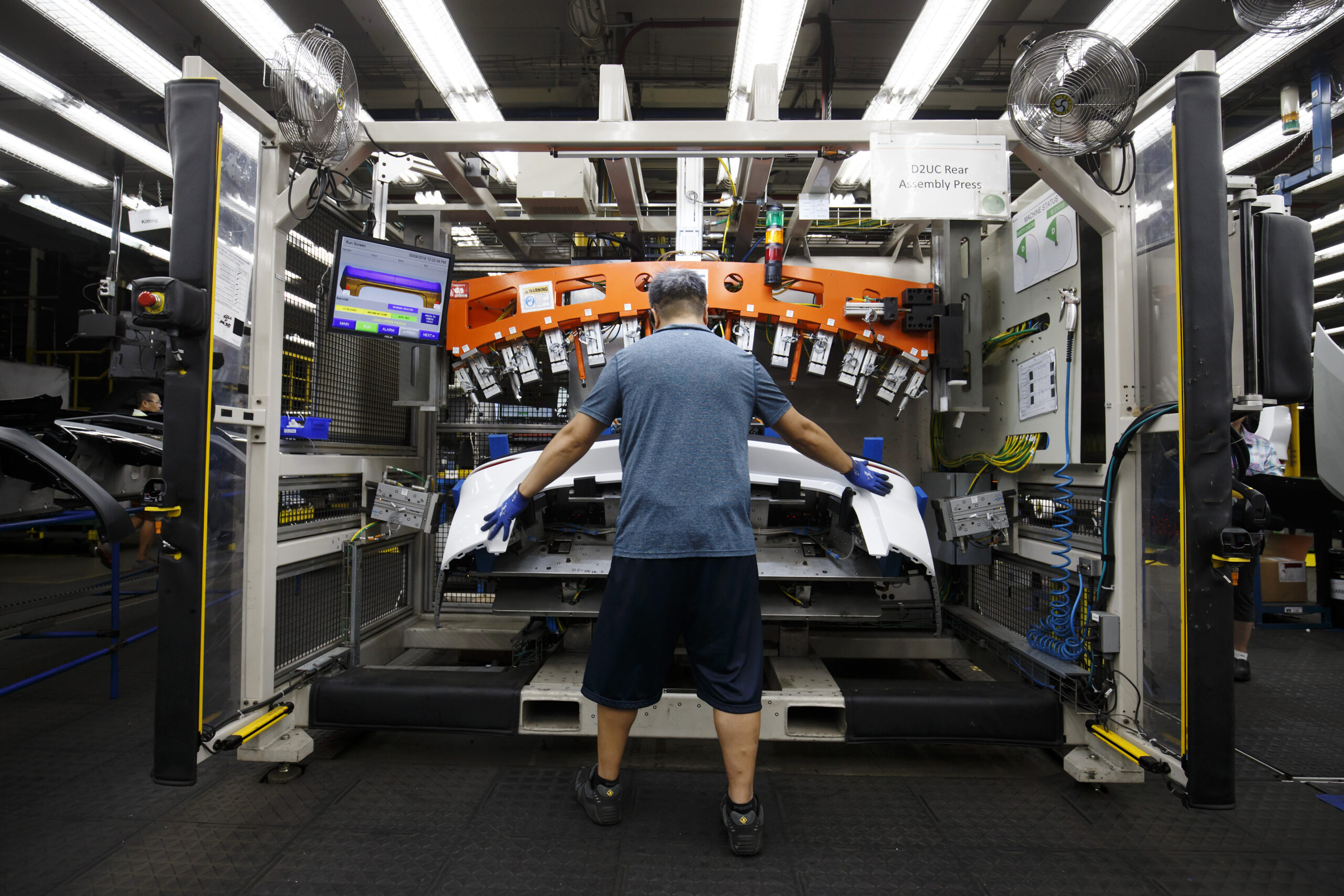When you consider the types of disaster that might befall a California homeowner, flooding might not be the first thing that comes to mind.
But as climate change triggers more erratic weather patterns, bringing more frequent and extreme natural disasters—including wildfire and severe storms—California homeowners and insurers often find themselves on conflicting sides of a related crisis.
Insurance companies are facing unprecedented stress. The already strained sector—still grappling with an onslaught of wildfire-related claims after several of the most catastrophic fire seasons on record—is now bracing for the additional burden of widespread flooding and storm damage, which is only exacerbated by previous wildfire damage.
According to the Insurance Information Institute, the insurance industry has lost 20 years’ worth of underwriting profit in the last six to eight years. In 2023, several large insurers pulled out of California or curtailed writing insurance in the state. State Farm General Insurance Co. announced at the end of May that it had stopped accepting new policy applications for property/casualty insurance in California for reasons including increased risks from wildfires and inflation. The decision followed a similar move by Allstate Corp. a year earlier.

Meanwhile, on the consumer end, homeowners find obtaining or renewing insurance coverage for their property increasingly challenging. Some have had policies abruptly dropped by the company. Others find their premiums skyrocketing—up 600% or higher—so many people in the most vulnerable regions go uninsured.
Earlier this month, torrential “Pineapple Express” atmospheric river storms swept across Southern California, dumping more than a foot of rain in some areas in just over 24 hours. It triggered life-threatening flash floods and devastating landslides, especially across fragile burn scars. And more rain is hitting the region this week.
The Los Angeles Times reported, “In the eight Southern California counties under a state of emergency during the recent storm, only 52,820 homes and businesses were covered by flood policies, according to the National Flood Insurance Program.”
But even those insured can be caught off guard at such critical moments. While still reeling in the aftermath of a natural disaster, many homeowners seeking relief are stunned to learn that their policies are not as comprehensive as they may have believed. Residents affected by water, mud, and debris flow destruction are discovering their homeowner’s insurance policy doesn’t include coverage for many types of flood-related damage.
This puts the insurer and insured in a bind—and at loggerheads.
Enter the public insurance adjuster.
A public insurance adjuster understands both sides of this dilemma and plays a crucial intermediary role in the claims process, acting as a liaison between policyholder and insurance company—ultimately benefiting both.
How is this possible?
It’s true that a public insurance adjuster is, first and foremost, a consumer advocate. Unaffiliated with any insurance company, they specialize in helping homeowners navigate the thorny, overwhelming, and often opaque insurance claim process. Their goal is to ensure a fair, accurate, and equitable settlement that reflects both the damage and the coverage.
The best public insurance adjusters serve as advisers and “client-whisperers”—helping homeowners keep a cool head and reasonable perspective during very challenging (perhaps shocking or traumatic) times.
However, a skilled and experienced public insurance adjuster can also be an asset to the insurer by significantly streamlining the claims process, ensuring clients have realistic expectations, and improving communication on both ends. Their involvement can help keep relatively small claims from becoming big headaches and prevent disputes from escalating to the point where lawyers become involved.
Public insurance adjusters are licensed independent professionals with expertise in the insurance industry—but they frequently bring an additional specialty in a related field, such as construction, which gives them a deep understanding of what it will take to repair or rebuild.
A public insurance adjuster will:
Appraise and document damage. Evaluate and document (in reports, photos, videos, etc.) the extent of the damage or loss.
Assess claims. Calculate the realistic cost of repairing or replacing damaged property.
Interpret policies. Help policyholders understand their policy’s complex language and details, and the extent and limits of their coverage.
Prepare and organize. Assist the homeowner in preparing and organizing everything necessary to file a claim. This can include gathering evidence, filling out forms, providing accurate estimates, and more.
Communicate. Homeowners coping with serious damage to their home and property and the frustration and uncertainty of filing a complicated claim may find it hard to stay rational and businesslike. They often feel exasperated, angry, uncertain, and ignored by their insurer. A public insurance adjuster handles all communication between the policyholder and the insurance company, taking emotion out of the claims process, which is beneficial to both parties.
Negotiate with the insurer. Advocate for the client’s interest and work to secure an appropriate and timely settlement.
Resolve disputes. In a dispute between an insurer and a policyholder, a public adjuster may arrange alternative resolution methods, such as arbitration or mediation, to reach a settlement. Again, the goal is to keep the process as straightforward as possible—smooth, amicable, and out of court.
In the aftermath of a flood disaster, a skilled and experienced public insurance adjuster can help policyholders and insurance companies keep their heads above water.
Petrov is a licensed public adjuster based in Los Angeles County. He’s a contracting license holder with more than 25 years of experience in the construction industry.
Was this article valuable?
Here are more articles you may enjoy.


 FAA Must Do Better After Midair Collision, Acting Chief Says
FAA Must Do Better After Midair Collision, Acting Chief Says  State Farm Has Paid $2.5 Billion in Claims for LA Wildfires
State Farm Has Paid $2.5 Billion in Claims for LA Wildfires  Carney Pledges Billions for Canada Auto Sector in Trade War
Carney Pledges Billions for Canada Auto Sector in Trade War  Auto Insurer Fined for Data Breach That Impacted 45K New Yorkers
Auto Insurer Fined for Data Breach That Impacted 45K New Yorkers 